SAINT PAUL—Today, the City of Saint Paul adopted a comprehensive gun violence prevention ordinance that bans assault-style weapons and high-capacity magazines. This bold step strengthens the city’s ability to address illegal and dangerous firearm activity, contingent upon lawmakers lifting the state pre-emption.
“Saint Paul stands ready to act on day one when the state lifts preemption,” said Mayor Carter. “This ordinance represents a collective effort by local leaders taking a long-overdue step to protect our children, families, and neighbors. Too many have suffered the unimaginable while others debated. It’s time for state leaders to meet us in this moment of urgency and safeguard the future our children deserve.”
Although the ordinance will not take effect until state preemption laws are lifted, it establishes five key provisions:
The ordinance exempts active-duty law enforcement and military personnel, licensed federal firearms curators, and transporting firearms through the city—as long as they keep the firearms unloaded, locked, and in compliance with Saint Paul’s safe storage ordinance.
The City Council unanimously passed the ordinance, which comes one month after the October 14 press conference at the State Capitol where Mayor Carter introduced a coalition of elected officials from across the state who pledged to enact similar efforts to reduce gun violence.
During discussion of the ordinance, Council President Noecker shared, "This is not just us pointing fingers at other levels of government, but to point the finger at ourselves and say, ‘what can we do?’ Passing this ordinance is not symbolic. It is us showing that we are ready to go—we are lined up at the door; us, dozens of other cities, and thousands of residents—and we just need the legislature to open the door.”
With this vote, Saint Paul becomes the first city in the coalition to formally enact legislation that turns this shared commitment into action. The city continues to work with local leaders from Minneapolis, Bloomington, Brooklyn Center, Columbia Heights, Eden Prairie, Edina, Golden Valley, Hopkins, Mendota Heights, Minnetonka, Mounds View, Richfield, Rochester, Shoreview, St. Louis Park, Stillwater, and West Saint Paul to advance similar local measures.
Coalition partners also include the University of Minnesota Law School Gun Violence Prevention Clinic, the Minnesota Chapter of Moms Demand Action, Protect Minnesota, Everytown for Gun Safety, GIFFORDS, Face to Face Academy, local constituents, and community advocates.

 952-283-1654
952-283-1654




 Service Areas
Service Areas























